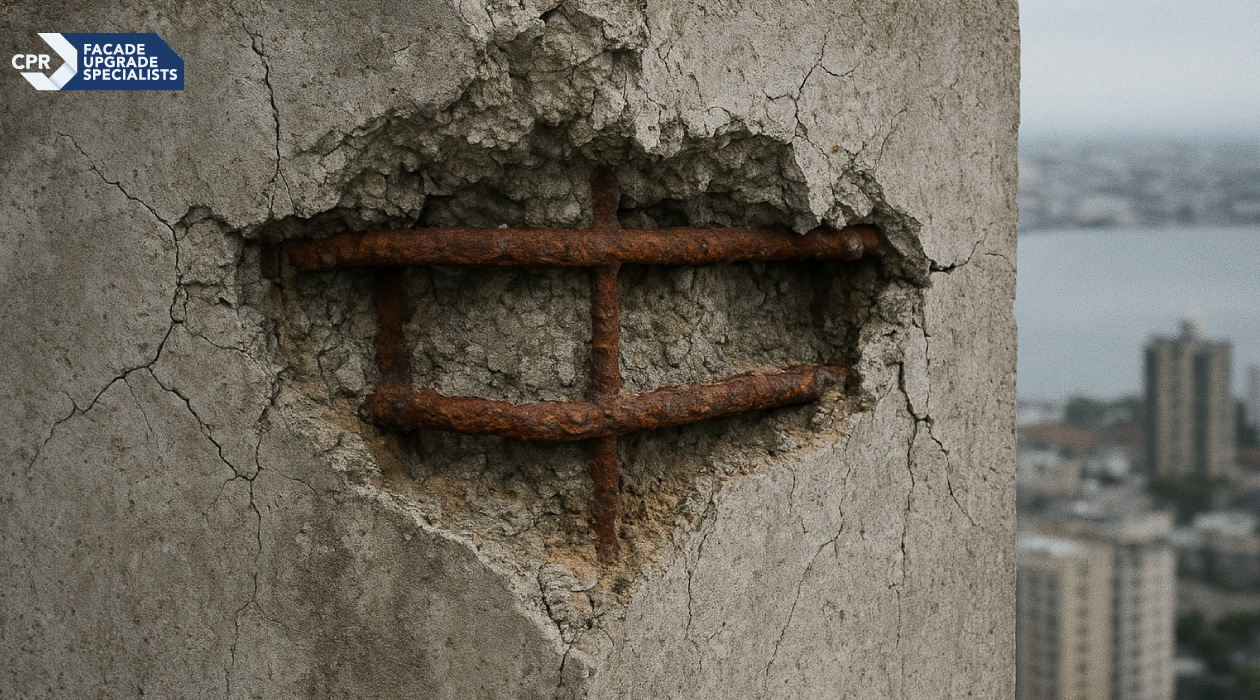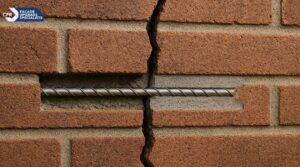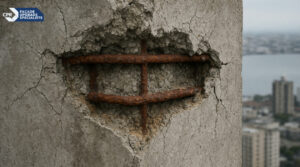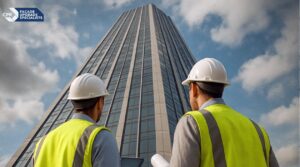Concrete spalling, or “concrete cancer,” is one of the most pressing structural challenges for Australian buildings, especially in coastal and high-rise environments. Left untreated, spalling undermines both the building’s appearance and its structural integrity, posing risks to safety. Modern technology and advanced remedial practices now offer building owners long-term solutions that are durable, compliant, and cost-effective.
Understanding Concrete Spalling in Australia
Spalling occurs when steel reinforcement within the concrete corrodes, causing cracks and pieces of concrete to break away. In Australia, salt-laden coastal air and ageing structures with worn-out protective coatings or failed waterproofing accelerate this process.
Common causes include chloride ingress from marine air, carbonation lowering alkalinity, poor construction practices, inadequate concrete cover over reinforcement, and persistent water ingress from facade or roof issues.
Modern Concrete Repair Methods
Basic patch repairs only provide temporary results. Advanced repair techniques target the root cause, restore strength, and prevent recurrence.
Electrochemical Treatments
Electrochemical chloride extraction and cathodic protection systems reverse corrosion. They’re particularly suited for heritage and commercial sites where preserving original structures is vital. These treatments extend lifespan, minimise disruption, and reduce the risk of future damage.
High-Performance Repair Mortars
Polymer-modified mortars and micro-concretes provide superior bonding, reduced shrinkage, and resistance to chloride penetration. Correct application includes removing all unsound concrete, cleaning the rebar, applying anti-corrosion treatments, and rebuilding in layers.
Structural Strengthening
In high-rise repairs, fibre-reinforced polymer (FRP) wraps or carbon fibre laminates can be applied to enhance load capacity and resilience.
Scaffold-Free Access Systems
For high-rise and difficult access areas, systems like PEARS® and SkyPod® allow repairs without obstructive scaffolding, reducing disruption to occupants and speeding up project completion.
Sustainable Repair Practices
Sustainable methods include using low-carbon mortars, applying long-life protective coatings, and installing water-repellent impregnations to block chloride ingress and reduce the need for frequent maintenance.
Protective Coatings
After repairs, protective coatings are essential. They prevent water and chloride penetration, provide UV stability for Australian conditions, and maintain the building’s aesthetics. Elastomeric or silane/siloxane coatings are best for coastal sites.
Compliance and Safety
Concrete repairs in Australia must follow AS 3600 (Concrete Structures Standard), the Building Code of Australia, and state-specific safety requirements. Using professional concrete repair specialists ensures work meets all standards.
Why Choose CPR Facade Upgrade Specialists
CPR combines advanced repair techniques with proprietary Scaffold-Free™ access systems for efficient, safe, and sustainable outcomes. Our SFS360® Sky Facade Scope inspection system maps every defect, and our SE2EPC® Sky End 2 End Project Care process documents each step to ensure consistent quality.
We handle high-rise concrete cancer repairs, structural restoration, sustainable treatment methods, and corrosion protection for a variety of building types.
Take Action
If your building shows signs of spalling, don’t wait until repairs become more costly and disruptive. Learn more about our specialist services today.






